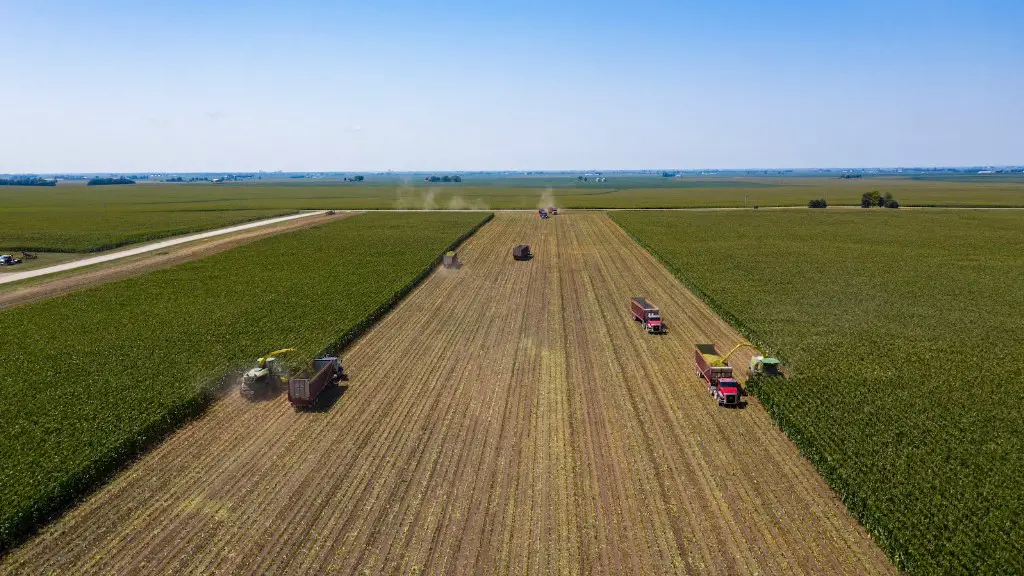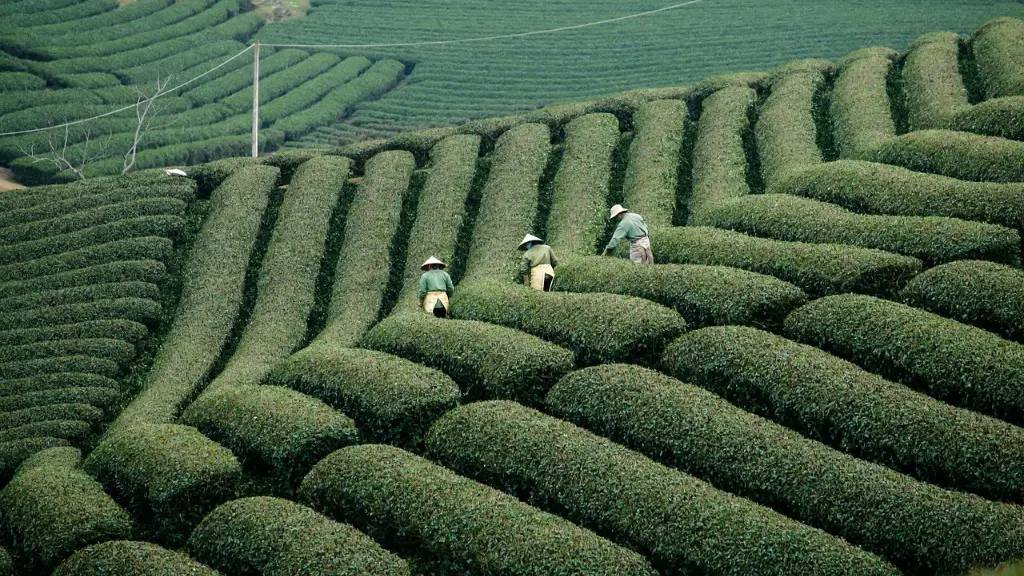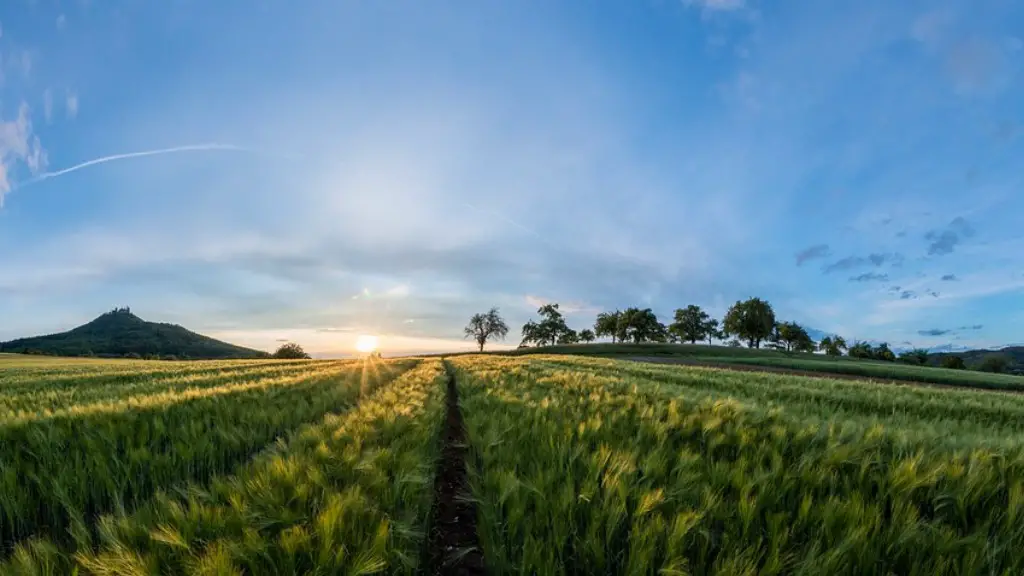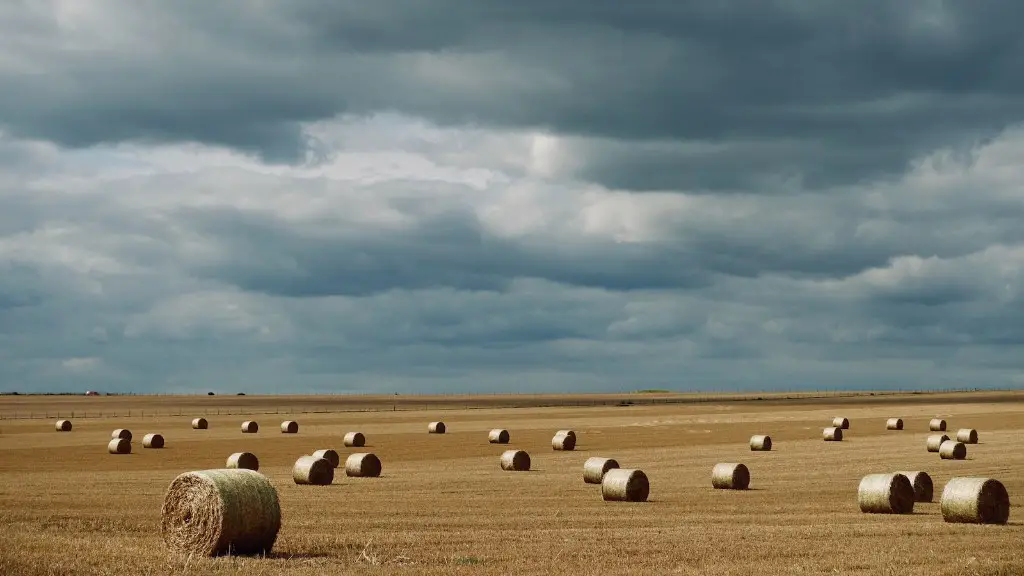Subsistence and commercial agriculture are two separate agricultural systems that are distinct in many ways. This article will discuss the five major differences between the two systems. Although many of the basic principles of agriculture remain the same in both systems, there are different means and objectives of production.
First, subsistence agriculture is mainly concerned with providing food for its producer’s own family or other members of the same community. Conversely, commercial agriculture is focused on generating a profit to sell agricultural products on the market. This can include anything from food to veterinary appliances to ornamental plants.
Second, subsistence agriculture relies heavily on manual labour and traditional farming practices whereas commercial farms often use or employ advanced technology and sophisticated farm machinery to increase production efficiency.
Third, subsistence agriculture produces a variety of different crops that may not meet the standards of a commercial system, while commercial farming usually specialises in one or a few select crops to produce in large quantities in order to maximize profit.
Fourth, a subsistence farmer primarily produces to feed their own family, while commercial farmers grow mainly to generate income. Commercial farmers must have a large enough production to sell on the market and cover their costs, while a subsistence farmer only needs enough to feed themselves.
Finally, a subsistence farmer’s farm is often small and their operations are limited, while a commercial farmer typically practises crop diversification or animal husbandry on a much larger scale.
The Impact of Subsistence and Commercial Agriculture
Subsistence and commercial agriculture have different objectives, which leads to different impacts on the environment, economy and culture of a specific region or country. Subsistence agriculture tends to be more tailored, as production is localized and adapted to the local environmental, socio-economic and cultural conditions. This allows for more sustainable farming practices, reduced chemical usage, increased biodiversity and often for higher local yields. On the other hand, commercial farms generally have a more industrial approach, use a large variety of chemical products and have a larger overall impact on the environment.
In terms of economic impact, subsistence farmers tend to have higher overall economic output per hectare – even when only taking into account the income generated, while commercial farmers usually have a lower economic output per hectare due to the higher initial costs and reliance on imports. However, when considering the income generated, commercial farms may have a higher economic output overall due to the higher market prices of their products. Subsistence farming also allows for a more equitable distribution of wealth, as the entire community can benefit from the same resources.
Finally, subsistence farming may also have a more positive cultural impact on rural communities. This is mainly due to the fact that subsistence agriculture is often rooted in traditional farming practices, communal culture and closer ties with the environment, which are all important aspects of rural life and can sustain rural communities. On the contrary, commercial farming often forces local farmers to adopt more modern and industrial methods to stay competitive and be profitable, which may lead to a disconnection of rural communities from their roots and culture.
Environmental Implications of Subsistence v. Commercial Agriculture
The environmental impacts of subsistence and commercial agriculture differ significantly, depending on the particular systems employed by each type of farming. Commercial farming often uses large areas of land, monocultures and chemical inputs which can lead to the degradation of soil health, water quality and local biodiversity. This can in turn damage ecosystems, disrupt the local balance of production and inhibit environmental sustainability.
On the contrary, subsistence farmers tend to maintain land health with more traditional practices such as crop rotation and integrated pest management. Such practices allow for more sustainable farming, reduced chemical usage and increased biodiversity. This is important, as the biodiversity of a certain region is essential for creating a resilient and self-regulating local ecosystem.
Subsistence farming also reduces the risk of human exposure to excessive chemical use and reduces the amount of energy required to produce food. As such, it can have a net positive effect on local carbon emissions. Additionally, as subsistence farming is adapted to local conditions, it also offers a better guarantee of food security as it can be more resilient to droughts and disease outbreaks.
The Regulatory Framework Surrounding Subsistence and Commercial Agriculture
Regulations governing production, processing and selling of agricultural produces are necessary for both types of agriculture, as they can provide farmers with a competitive advantage and better access to potential markets.
In subsistence agriculture, regulations are needed to protect the rights of small farmers and protect them from exploitation. These regulations can range from price controls to enforce equitable wage levels for local farm labour, to expropriation laws that can provide small farmers with access to land.
Conversely, commercial producers benefit from regulations that can limit the amount of competition they face and ensure higher prices. These regulations can be anything from tariffs to subsidies, mostly aimed at protecting against imports or providing support for certain agricultural products.
Overall, regulations are important for both types of agriculture, although they should be tailored to the specific needs of each system. They should also be reviewed periodically to ensure that they remain relevant to the current conditions and are aimed at promoting sustainable agricultural practices and equitable access to resources.
Technology and Labour Practices in Subsistence v. Commercial Agriculture
The use of technology is another major difference between subsistence and commercial agriculture, as both systems have very different needs and objectives.
Subsistence farmers typically rely on traditional methods and manual labour, rather than modern farm machinery. This reliance on manual labour limits their capacity to produce large amounts of food, but it also allows them to be more easily adapted to a changing environment.
On the other hand, commercial farmers need to regularly update their farming equipment to keep up with technology and be competitive in the market. This often involves sophisticated machinery that helps to automate processes and increase productivity.
The labour practices of both types of agriculture also differ. Subsistence farmers typically rely on family members or local labour to help with production. This can provide an additional source of income for local communities and can be used to reduce poverty and create rural employment.
Conversely, many commercial farms rely on migrant labour and foreign employees as they often lack access to or do not want to pay for local labour. This can lead to increased exploitation of farm workers, as commercial operators may not always be subject to the same labour regulations as subsistence farmers.
Overall, the use of technology and labour practices can have an important impact on a certain region or community, so both subsistence and commercial agriculture should ensure that they use practices that are beneficial to the local environment, economy and culture.
Opportunities and Challenges of Subsistence and Commercial Agriculture
Subsistence and commercial agriculture also offer different opportunities and challenges, both of which can have a significant impact on the environment, economy and culture of a certain region.
Subsistence agriculture can provide very important food security, increased rural employment and a better distribution of wealth, however it is also subject to a higher risk of pests, diseases and weather-related issues. Subsistence farmers also often lack access to credit, training or other resources that could help them increase their production efficiency.
On the other hand, commercial agriculture can provide higher incomes, better access to credit, better market information and access to the international market. However, it is often capital-intensive, has higher risks of exploitation, and can have a negative impact on the environment and local culture.
Overall, both subsistence and commercial agriculture have their particular set of opportunities and challenges, and it is up to policy makers to create a regulatory framework that is tailored to the particular needs and objectives of each system, while promoting sustainable practices and equitable access to resources.





